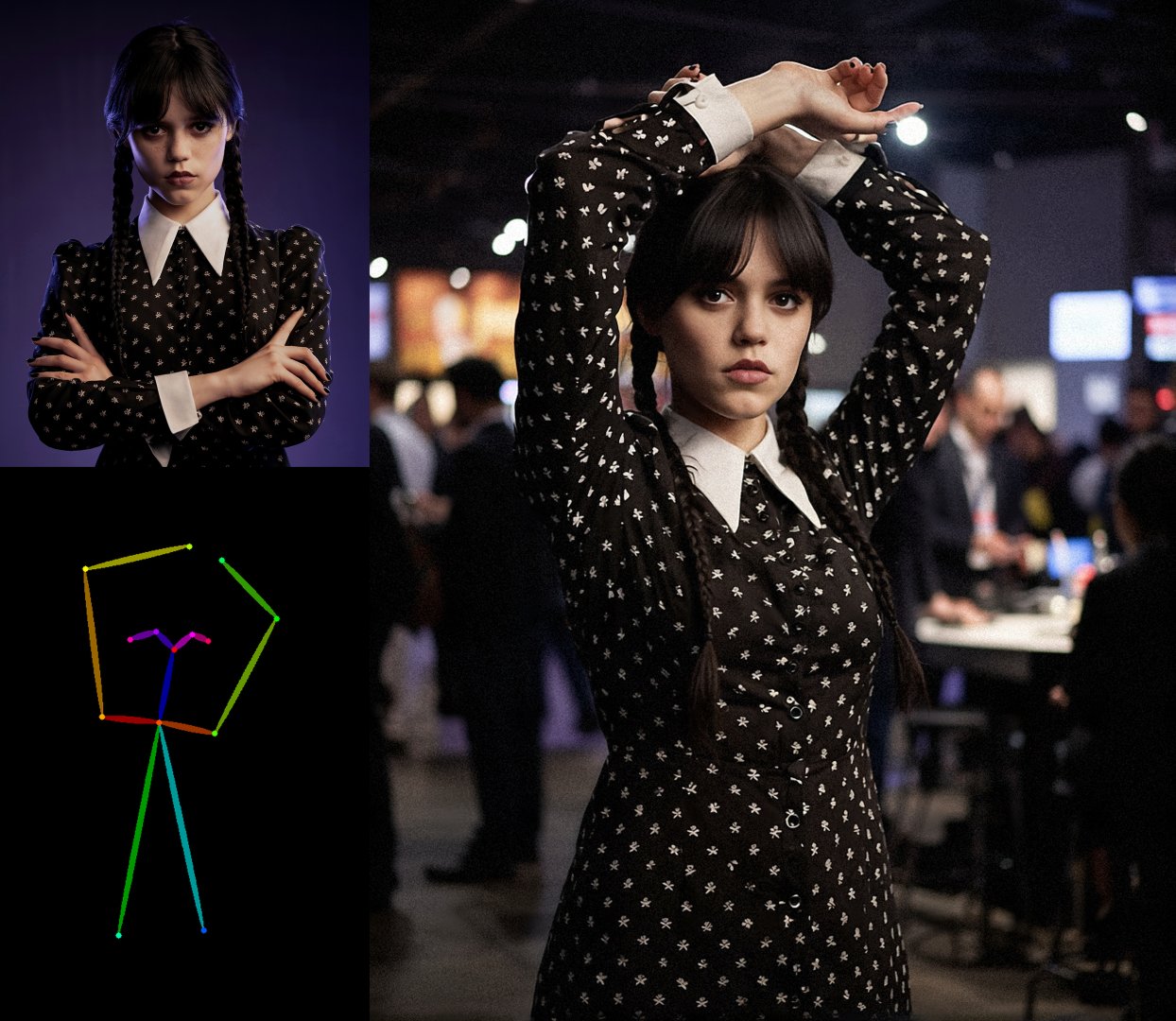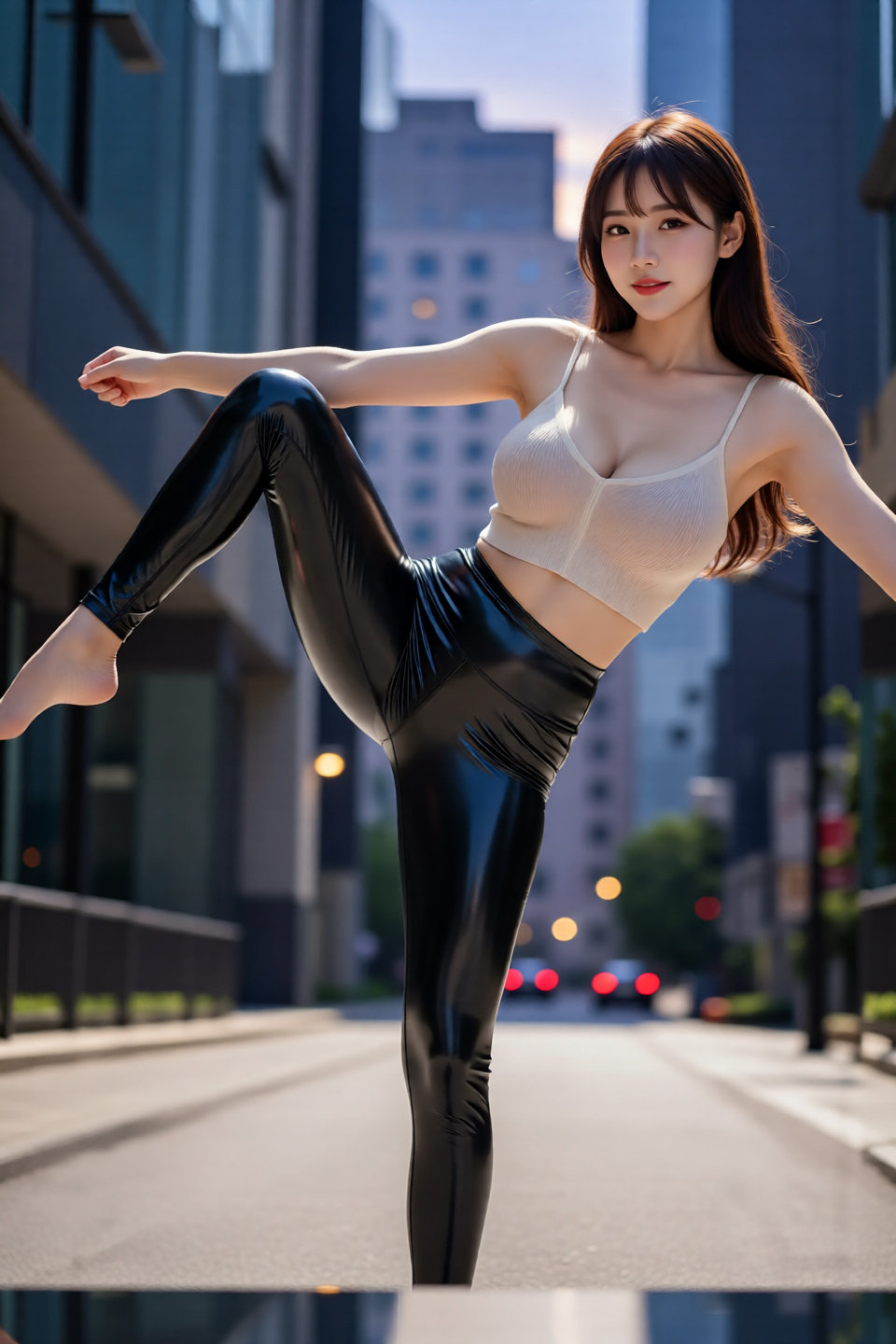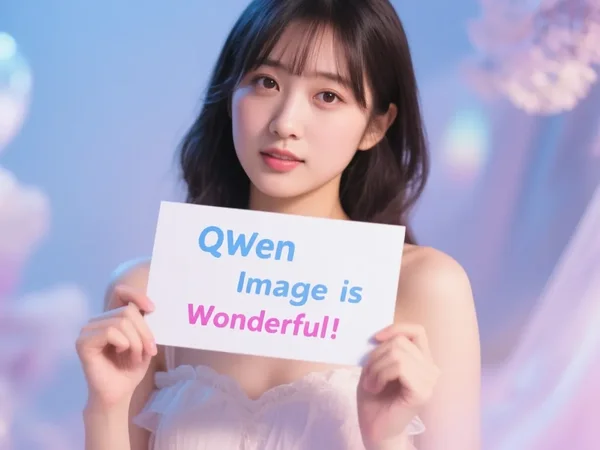Rendering is Slow. AI is Fast.
If you're an architect or designer, turning a sketch into an amazing final image takes forever. Traditional software is hard to learn, and changing a detail or style can eat up days.
That ends now. Meet Qwen-Image-Edit-2509.
We aren't just another AI tool. We’re an AI that understands what things are, not just pixels. Qwen-Image-Edit-2509 changes how you edit complex architecture and city photos.
I. Draw It, Style It: Instant Design Changes
Imagine taking a modern glass tower and instantly giving it the look of Traditional Chinese patterns. Or making a simple city photo look hyper-realistic and futuristic.
Qwen-Image-Edit-2509 does this with Style Transfer magic.
Qwen-Image-Edit-2509 doesn't just edit images; it understands your intent, the image's structure, and your editing constraints. This makes it an incredibly powerful tool for creative professionals.
Here is a clear, structured breakdown of the three core capabilities of Qwen-Image-Edit-2509, as demonstrated by the examples you provided.
Capability 1: Precise Local Control & Constraint Preservation
The core value of this capability is allowing the user to make exact, localized modifications to an image while strictly preserving all other elements in the image.
- Shown in Example 1:
- The user issued a complex, multi-part instruction—to change the background (
Set the background to evening), - modify the clothing (
Change the skirt to shiny latex yoga pants), - and alter the expression (
Make the expression a smile).
- The user issued a complex, multi-part instruction—to change the background (



- Key Breakthrough:
- Crucially, the AI adheres to the constraint:
Do not change anything else. The model successfully handles all three disparate changes without affecting the subject's pose, lighting, or any unspecified details, ensuring highly accurate and controllable edits.
- Crucially, the AI adheres to the constraint:
Capability 2: Structured Instruction & Abstract Concept Understanding
This capability allows the AI to understand abstract, non-pixel-level instructions and apply them to the image, enabling advanced structural control.
- Shown in Example 2:
- The community noted that "a stick figure can be used for pose instruction" (
棒人間がポーズ指示に使える).
- The community noted that "a stick figure can be used for pose instruction" (


- Key Breakthrough:
- Qwen-Image-Edit-2509 treats a simple stick figure outline as a 3D pose instruction. It accurately maps this structural guidance onto the figure in the image, generating the desired posture. This overcomes the limits of describing complex poses purely through text, giving users a more visual and powerful way to control body structure.
Capability 3: Full Lifecycle Control Over Structure
This capability provides users with a complete control flow, allowing them to edit the core structure of a subject even after the initial image has been generated.
- Shown in Example 3:
- The feature is referred to as
pose and repose.
- The feature is referred to as


- Key Breakthrough:
- The AI not only supports specifying a pose during generation (
pose), but also allows users to modify the posture again (repose) of a figure already in an existing image. When re-posing, it maintains other details like clothing, facial features, and environmental textures without distortion. This demonstrates Qwen-Image-Edit-2509's continuous and reliable control over critical structural elements throughout the entire creative workflow.
- The AI not only supports specifying a pose during generation (
Conclusion: Stop Rendering, Start Designing
Qwen-Image-Edit-2509 is your smart co-pilot. It turns hours of work into instant, controlled results.
If you need to:
- Quickly turn a sketch into many styled, high-quality renders.
- Make tiny, precise edits to any image.
- Control a person’s pose with a simple drawing.
Qwen-Image-Edit-2509 gives you the speed and accuracy you can't get anywhere else.
記事を共有
公開日
September 29, 2025
予想読了時間
約 5 分
文字統計
約 1200 文字


